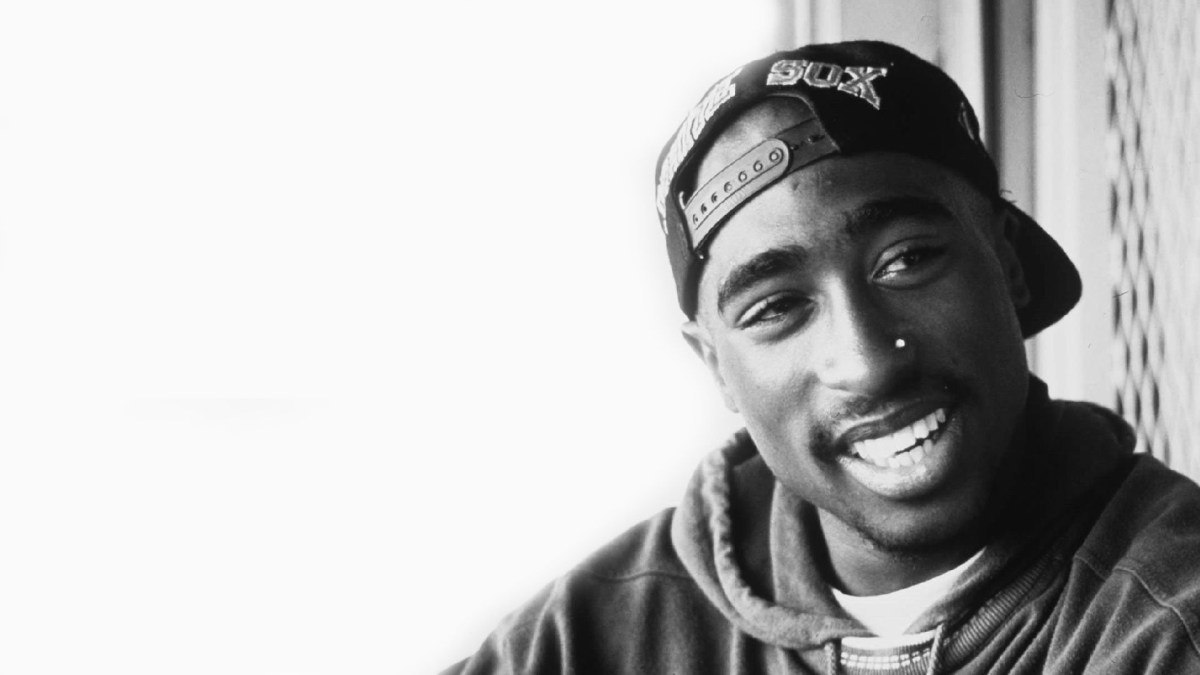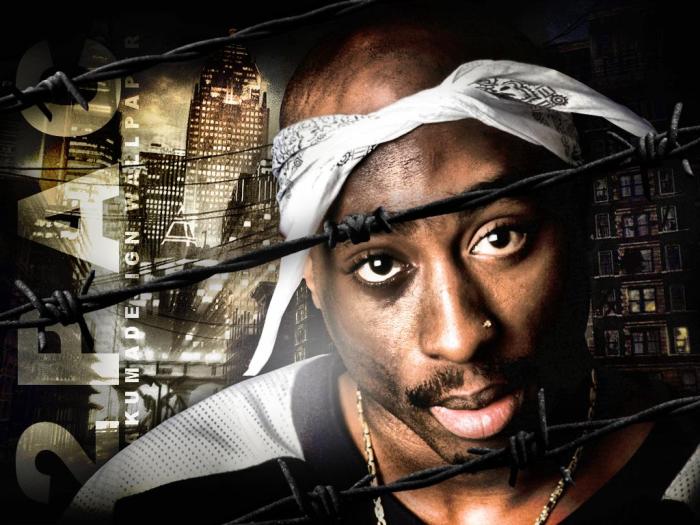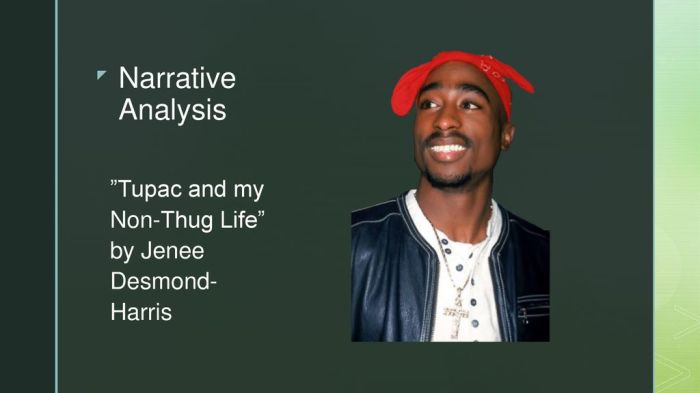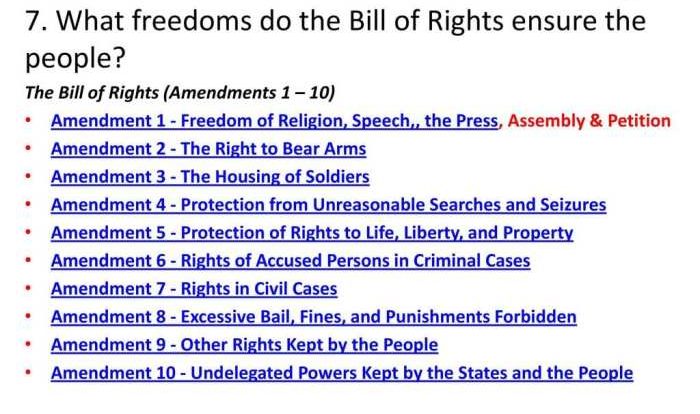Tupac and my non thug life – Tupac and My Non-Thug Life sets the stage for an enthralling narrative that delves into the multifaceted persona of the legendary rapper. This exploration unveils a story that is rich in detail and brimming with originality, offering a nuanced perspective on Tupac’s life and legacy.
Beyond his iconic “thug life” image, Tupac possessed a depth and complexity that extended far beyond the confines of that label. This piece will navigate the intricacies of his persona, examining how his activism, philanthropy, and introspective lyrics balanced and, at times, contradicted his “thug” identity.
Tupac’s Life and Career

Tupac Amaru Shakur, known by his stage name 2Pac, was an influential American rapper, songwriter, actor, and poet. Born in East Harlem, New York City, on June 16, 1971, Tupac’s life and career were marked by both triumph and tragedy.
Tupac’s early life was shaped by the Black Panther Party, as his mother, Afeni Shakur, was a member of the organization. Tupac’s family moved to Baltimore, Maryland, where he attended the Baltimore School for the Arts and began his rapping career.
Rise to Fame
In 1991, Tupac released his debut album, 2Pacalypse Now, which addressed social and political issues facing the African American community. The album was a commercial success and established Tupac as a rising star in the hip-hop industry.
Tupac’s subsequent albums, including Strictly 4 My N.I.G.G.A.Z. (1993), Me Against the World (1995), and All Eyez on Me (1996), solidified his status as one of the most successful and influential rappers of all time.
Impact on the Hip-Hop Industry
Tupac’s music was known for its raw and emotional lyrics, which often explored themes of social justice, poverty, and violence. His lyrics resonated with a generation of young people and helped to bring hip-hop to a wider audience.
Tupac’s death in a drive-by shooting in Las Vegas on September 13, 1996, at the age of 25, shocked the world and left a lasting impact on the hip-hop industry. He remains one of the most iconic and influential figures in music history.
The “Thug Life” Image: Tupac And My Non Thug Life

Tupac Shakur’s “thug life” persona emerged from his experiences growing up in poverty and violence in East Harlem, New York. He adopted this image as a means of self-defense and rebellion against the injustices he witnessed.
Origins and Evolution
In his early songs, such as “Brenda’s Got a Baby,” Tupac portrayed the realities of street life and the struggles of young people living in poverty. As his career progressed, his lyrics became more confrontational and political, reflecting his growing awareness of social and racial inequality.
Lyrics and Themes
Tupac’s “thug life” songs often explored themes of violence, poverty, racism, and police brutality. He used his music as a platform to speak out against these injustices and to give a voice to the voiceless.
- In “Changes,” he raps about the systemic racism and police violence faced by Black communities.
- In “Me Against the World,” he confronts his own demons and the challenges he faced as a Black man in America.
Controversies and Criticisms
Tupac’s “thug life” image was controversial and criticized by some who argued that it glorified violence and promoted negative stereotypes about Black men.
- Critics accused him of inciting violence and perpetuating the “gangsta rap” stereotype.
- However, Tupac’s supporters argued that his music reflected the realities of life in underprivileged communities and that he was using his platform to raise awareness of important social issues.
Tupac’s “Non-Thug” Side

Beyond his “thug life” persona, Tupac Shakur exhibited a multifaceted character marked by activism, philanthropy, and introspective lyrics. This aspect of his identity provided a counterbalance to his rebellious image and showcased his depth and humanity.
Although I’m a huge Tupac fan, I’ve never been one for the “thug life.” I prefer to live a more peaceful existence. However, I recently discovered the thrill of horror unit test , which has given me a new appreciation for the genre.
While it’s not exactly my cup of tea, I can see why so many people enjoy it. It’s a great way to get your adrenaline pumping without having to put yourself in any real danger. And who knows, maybe one day I’ll even give it a try myself.
But until then, I’ll stick to my Tupac and my non-thug life.
Activism and Philanthropy
Tupac was a vocal advocate for social justice and community empowerment. He founded the Tupac Amaru Shakur Foundation, which focused on supporting youth programs, arts education, and prisoner rehabilitation. Through his music and public appearances, he spoke out against poverty, racism, and police brutality.
Introspective Lyrics
In addition to his politically charged songs, Tupac also wrote deeply personal and introspective lyrics. In tracks like “Dear Mama” and “Changes,” he explored themes of love, loss, and the challenges of growing up in an underprivileged environment. These lyrics revealed a vulnerable and sensitive side that contrasted with his tough-guy exterior.
Balancing the Contradictions
Tupac’s “non-thug” side balanced his “thug” identity by demonstrating the complexity of his character. His activism and introspective lyrics showed that he was more than just a violent gangster. They revealed a compassionate and thoughtful individual who cared deeply about his community and the human condition.
The Influence of Tupac’s Legacy

Tupac Shakur’s music and message have had a profound impact on society, leaving an enduring legacy that continues to resonate with audiences today. His work transcended the realm of entertainment, becoming a powerful force for social change and personal empowerment.
Tupac’s lyrics addressed pressing social issues, such as poverty, racism, and police brutality, giving voice to the marginalized and disenfranchised. His raw and honest portrayal of life in the inner city resonated with countless listeners, fostering a sense of solidarity and hope.
His Enduring Influence
- Cultural Icon:Tupac’s image and message have become synonymous with the hip-hop culture, inspiring countless artists and fans worldwide. His music has been sampled and referenced in numerous songs, while his words have been quoted and used in popular culture.
- Social Activist:Tupac’s legacy extends beyond music. His outspoken activism and commitment to social justice have inspired many to become involved in community work and political engagement.
- Symbol of Resilience:Despite his tragic death at a young age, Tupac’s story continues to inspire people to overcome adversity and pursue their dreams. His indomitable spirit and determination serve as a reminder of the human capacity for resilience.
Interpretations and Perpetuation
Tupac’s legacy has been interpreted and perpetuated in various ways:
- Music:His posthumously released albums and collaborations continue to sell millions of copies, keeping his music alive for new generations of listeners.
- Film and Television:Numerous documentaries and biographical films have explored Tupac’s life and impact, shedding light on his personal struggles and artistic genius.
- Education:Tupac’s lyrics and teachings have been incorporated into educational programs, inspiring students to think critically about social issues and pursue their passions.
Tupac and the Media
Tupac Shakur had a complex and often contentious relationship with the media. He was both celebrated and vilified by the press, which played a significant role in shaping public perception of him.
In the early days of his career, Tupac was often portrayed as a thug and a gangsta rapper. This image was largely based on his lyrics, which often dealt with violence, crime, and poverty. However, as Tupac’s career progressed, he began to show a more complex and introspective side of himself.
He spoke out against racism and police brutality, and he became involved in social activism.
Media Portrayal, Tupac and my non thug life
The media often struggled to reconcile Tupac’s different sides. Some outlets continued to portray him as a dangerous criminal, while others hailed him as a visionary artist and a social justice warrior. This dichotomy was reflected in the headlines that followed Tupac throughout his career.
In 1993, he was arrested for sexual assault, and the media was quick to label him a “rapist.” However, in 1995, he was shot five times in an ambush, and the media mourned him as a “martyr.”
Media Influence
The media’s portrayal of Tupac had a significant impact on public perception of him. Many people who never met Tupac formed their opinions of him based on what they read in the newspapers or saw on television. This media-generated image of Tupac was often one-dimensional and inaccurate.
It failed to capture the complexity of his character and the depth of his talent.
User Queries
What was the significance of Tupac’s “thug life” persona?
Tupac’s “thug life” persona was a complex and multifaceted representation of the realities of urban life. It reflected his experiences growing up in poverty, witnessing violence and injustice firsthand. Through his music, he articulated the struggles and frustrations faced by marginalized communities, giving voice to their experiences.
How did Tupac’s activism extend beyond his music?
Tupac was deeply committed to social justice and used his platform to advocate for change. He supported various organizations and causes, including the National Association for the Advancement of Colored People (NAACP) and the Rainbow Coalition. He also spoke out against police brutality and systemic racism, using his voice to amplify the voices of the voiceless.
